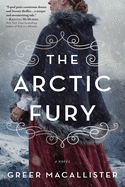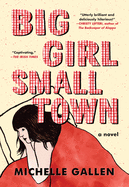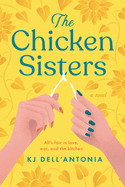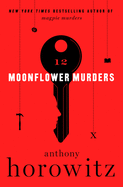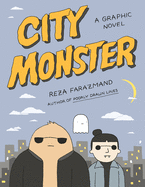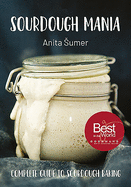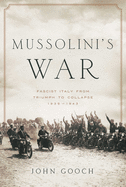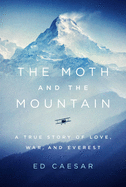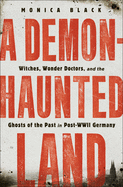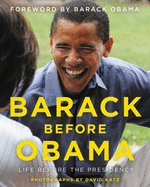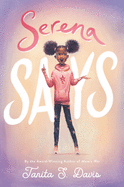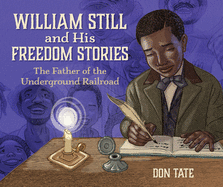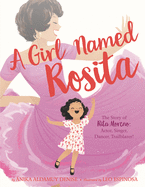 Frederick Joseph is a man on a mission. Through various channels--his nonprofit creative marketing company, social media and now a nonfiction YA book--he is trying to "make things better" in the world. Specifically, he would like to make a dent in racism and white supremacy by educating his readers about systemic racism and advocating for more inclusion of traditionally underrepresented populations in media. In The Black Friend: On Being a Better White Person (Candlewick Press, December 1, 2020), Joseph offers his friendship to white readers, asking them to open their hearts and minds to the realities of Black life.
Frederick Joseph is a man on a mission. Through various channels--his nonprofit creative marketing company, social media and now a nonfiction YA book--he is trying to "make things better" in the world. Specifically, he would like to make a dent in racism and white supremacy by educating his readers about systemic racism and advocating for more inclusion of traditionally underrepresented populations in media. In The Black Friend: On Being a Better White Person (Candlewick Press, December 1, 2020), Joseph offers his friendship to white readers, asking them to open their hearts and minds to the realities of Black life.
As you say in The Black Friend, the book is meant to be "a guide for white people to understand and be better." But it's not the "duty" of Black people to educate white people about racism, privilege and white supremacy. Why not leave the work to the people responsible for centuries of oppression?
I suppose I made that decision for two reasons. One, you can't expect a person to catch a fish if no one ever taught them how. While white people are responsible, the issues are so ingrained in our society that most can't even see them to unlearn them. Two, conditioning in white supremacy is so deep that in this moment both white people and some Black people are unpacking and unlearning, so one shouldn't assume that every Black person is equipped to be educating people about racism. Though, this does [sometimes] happen, and a great deal of problematic information and ideals are shared. I decided to attempt to be a voice who doesn't know everything, but may be a bit better equipped due to years of learning and growing myself.
So much of The Black Friend is about the power and nuance of language. You talk about being an accomplice versus an ally; an antiracist versus an empathizer. The words and phrases you use capture a need for action versus passive disapproval: making change versus wanting change, yes?
Exactly! In my opinion, language is the most powerful thing we have. Our words can capture the imagination and influence a generation. I'm very particular about how I describe what we should do and who we should be at a time like this... and going forward.
You weave in stories from your own life, facing your younger self with courage, honesty and clear eyes. Why was it important to you to be so open, even about your most cringeworthy moments?
I'm asking people, and young people in particular, to look deep within themselves and change. That's a very vulnerable thing, so my stories are somewhat of an olive branch. You give me your ear and your heart, I'll give you some of me. Maybe then we can trust one another.
In your experience, is storytelling an effective channel for change?
I think storytelling has been the most effective channel for change. When Mamie Till displayed Emmett in his casket publicly, when people were being hosed fighting for civil rights, when Katrina hit New Orleans, each moment helped tell a story. Those stories helped create change and brought necessary support to the need.
What were you looking for in choosing the amazing activists and artists to include in The Black Friend?
I wanted to feature people who I not only respect, but who would say things that stand the test of time. I also had to have a certain level of chemistry and trust in them.
Dr. Martin Luther King Jr. considered "the white moderate" to be one of Black people's greatest obstacles to civil rights. In his "Letter from Birmingham Jail," he wrote, "Shallow understanding from people of good will is more frustrating than absolute misunderstanding from people of ill will." Is this "shallow understanding" what you mean when you talk about people saying they "don't see color"?
Those are exactly the people I'm talking about. At some point I'm going to work on an entire think piece about the white and Black moderates and how they inherently thwart aspects of progress.
Through your #RentRelief GoFundMe campaign, you raised more than $1 million to help 5,000 families with expenses during Covid-19. With your #BlackPantherChallenge, you raised another $1 million to send 73,000 kids worldwide to see Black Panther for free. How can young people today--especially those who are not traditionally powerful--use their power for good?
Honestly, I don't want to be cliche, but the answer is just do something. Anything. I didn't always have a following or access. In fact, when I did the #BlackPantherChallenge I only had about 200 followers, but I put myself out there. In high school, I used to walk around from classroom to classroom during can drives asking people to give me a dollar each and then I would go to the grocery store and buy cans, instead of asking people to donate cans. I knew that would be more effective and didn't mind putting myself out there for a good cause. Just do something, big or small.
Your writing is full of so much energy and humor... but sadness, anger and fatigue seep through, too. Given where the world is today, with a global pandemic as well as major political and social unrest, do you feel more exhausted or exhilarated now that it's finished?
I feel a bit of both. There's so much happening, as you said, it's hard to be exhilarated, but I am hopeful. But there is always more work to be done. My personality is beautifully and painfully obsessive, so I'm already working on a book where I'm attempting to tackle helping tear down the patriarchy.
Is there anything you didn't say in The Black Friend that you now wish you had?
I wrote The Black Friend before the racial uprising of 2020 and I guess if I was going to say something else, I would probably give a few more plugs for building a more equitable world beyond racial liberation. Medicare for all, free college, all that good stuff. --Emilie Coulter
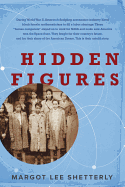 The female mathematicians of NASA, many of them Black, made vital contributions to the U.S. space program. Margot Lee Shetterly gave their stories a huge boost in her blockbuster book, Hidden Figures (Morrow, $17.99), which inspired a hit film. But women have been making standout contributions in STEM fields for decades, and their stories take both fictional and nonfictional forms.
The female mathematicians of NASA, many of them Black, made vital contributions to the U.S. space program. Margot Lee Shetterly gave their stories a huge boost in her blockbuster book, Hidden Figures (Morrow, $17.99), which inspired a hit film. But women have been making standout contributions in STEM fields for decades, and their stories take both fictional and nonfictional forms.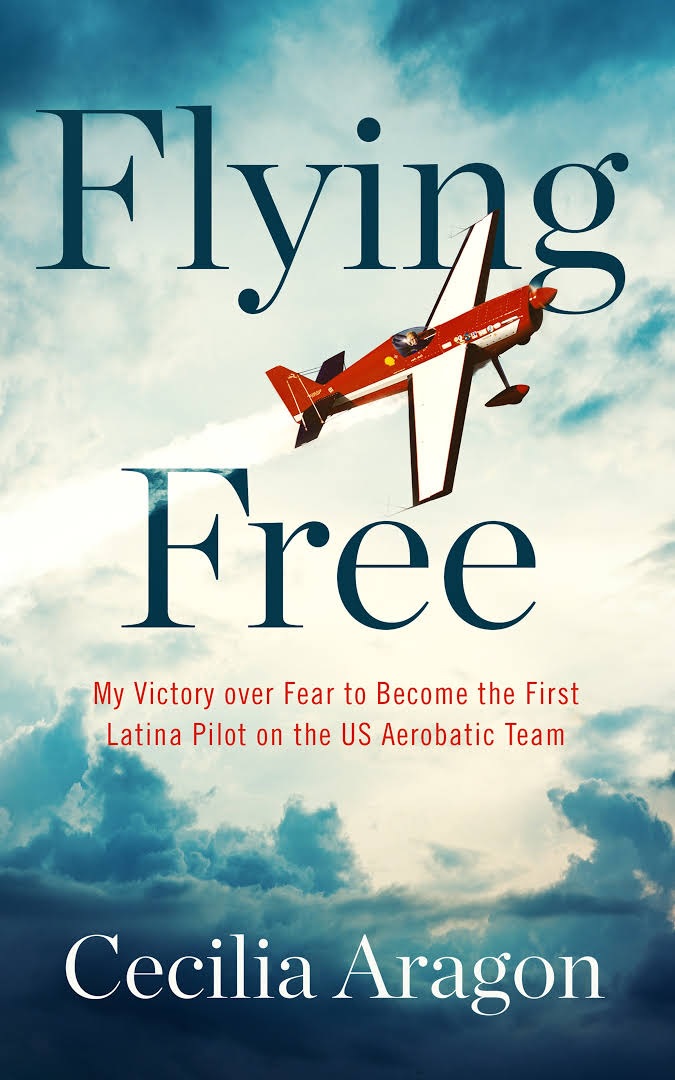 Computer scientist Cecilia Rodriguez Aragon spent her early life and career believing she wasn't good enough. When a colleague's love of flying inspired her to become a licensed pilot, Aragon still wrestled with insecurity and fear (not to mention constant sexism at airfields and airshows). Her memoir, Flying Free (Blackstone, $26.99), chronicles her journey to become the first Latina to compete on the U.S. Unlimited Aerobatic Team.
Computer scientist Cecilia Rodriguez Aragon spent her early life and career believing she wasn't good enough. When a colleague's love of flying inspired her to become a licensed pilot, Aragon still wrestled with insecurity and fear (not to mention constant sexism at airfields and airshows). Her memoir, Flying Free (Blackstone, $26.99), chronicles her journey to become the first Latina to compete on the U.S. Unlimited Aerobatic Team.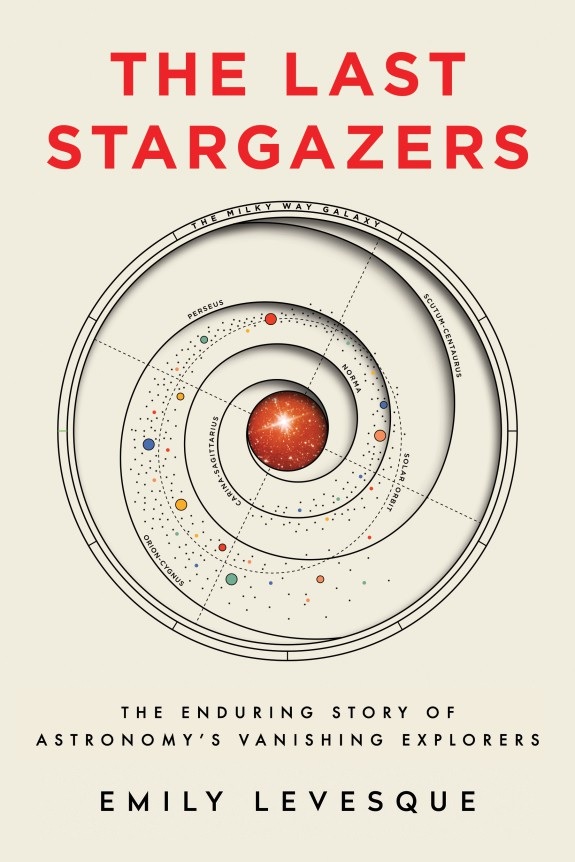 In her witty, fascinating memoir, The Last Stargazers (Sourcebooks, $25.99), astronomer and "weird star enthusiast" Emily Levesque takes readers on a tour of the observatories where she has worked and explains why humans should continue studying the night skies. She charts the challenges and joys of nocturnal observation and shares the frustrations of being a woman in a male-dominated field.
In her witty, fascinating memoir, The Last Stargazers (Sourcebooks, $25.99), astronomer and "weird star enthusiast" Emily Levesque takes readers on a tour of the observatories where she has worked and explains why humans should continue studying the night skies. She charts the challenges and joys of nocturnal observation and shares the frustrations of being a woman in a male-dominated field.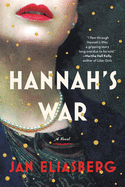 Novelists Jennie Fields (Atomic Love, Putnam, $26) and Jan Eliasberg (Hannah's War, Back Bay, $16.99) were inspired by the contributions of female scientists during World War II. Their stories--Fields's is set in Chicago, Eliasberg's in Berlin and Los Alamos, N.Mex.--each follow a brilliant but underappreciated female physicist at the dawn of the nuclear age. Both authors sensitively explore the sacrifices their protagonists make to have fulfilling careers, as well as their complicated relationships with male colleagues and their constant struggle to be taken seriously.
Novelists Jennie Fields (Atomic Love, Putnam, $26) and Jan Eliasberg (Hannah's War, Back Bay, $16.99) were inspired by the contributions of female scientists during World War II. Their stories--Fields's is set in Chicago, Eliasberg's in Berlin and Los Alamos, N.Mex.--each follow a brilliant but underappreciated female physicist at the dawn of the nuclear age. Both authors sensitively explore the sacrifices their protagonists make to have fulfilling careers, as well as their complicated relationships with male colleagues and their constant struggle to be taken seriously.


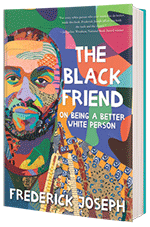


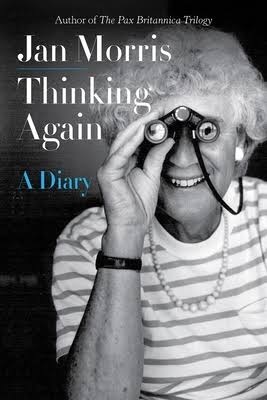 British journalist, travel writer and historian Jan Morris, "who wrote about history's sweep and the details of place with equal eloquence and chronicled her life as a transgender woman," died November 20 at age 94, the
British journalist, travel writer and historian Jan Morris, "who wrote about history's sweep and the details of place with equal eloquence and chronicled her life as a transgender woman," died November 20 at age 94, the 